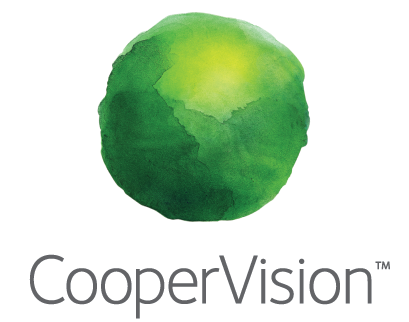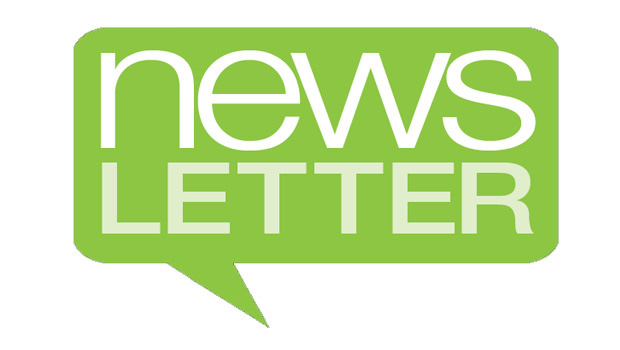

We’re Hoping to See You in Las Vegas! |

From the SNAPP Board |
|
||
|

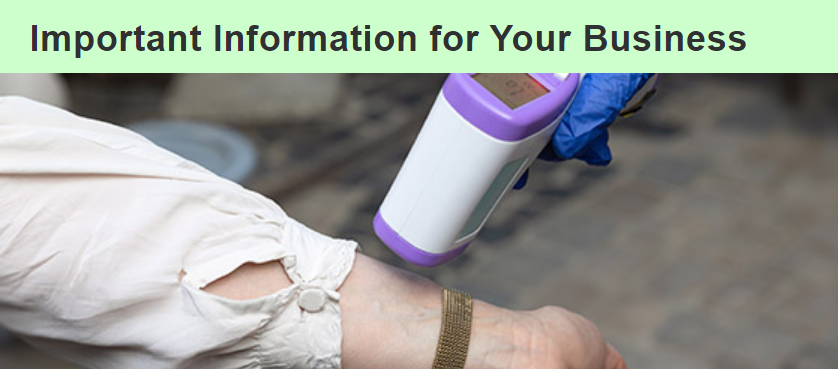
|
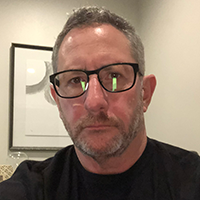
By Ken Kopolow, OD, SNAPP Board Member |
After an associate tested positive for COVID-19, we were faced with A LOT of questions and concerns. We quickly learned that no one protocol applies to all cases. The associate had been sent home a few days earlier with flu-like symptoms and notified us of the positive test results, sending panic through our office. Given the fluid nature of CDC guidelines and recommendations, along with local and state directives, we were frankly, unprepared for the news.
This is the current guidance based on community exposure, for people exposed to people with known, suspected or possible COVID-19.
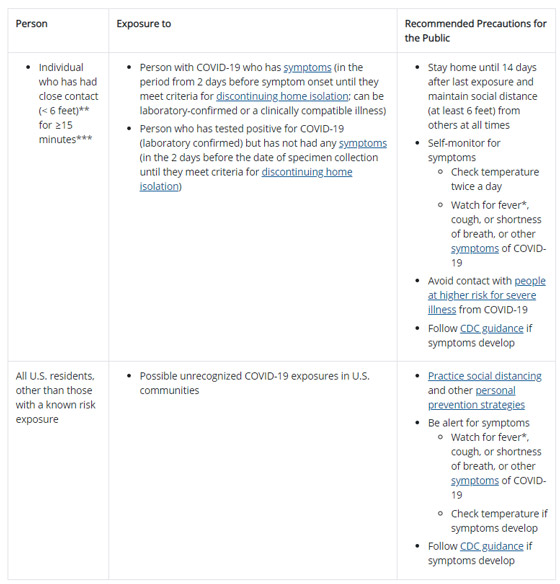
It’s important to know that risk was minimized by our aggressive utilization of PPE, however, we had other staff to deal with. We did not want to make matters worse, so, we immediately jumped on the CDC website and found the following information.
Read the guidelines here and create your contingency plan. While we’re not able to prepare for all the uncertainties COVID-19 has thrown our way, we should have an action plan in place.

Do You Have a COVID-19 Exposure Policy? |
Take this quick three-question poll.
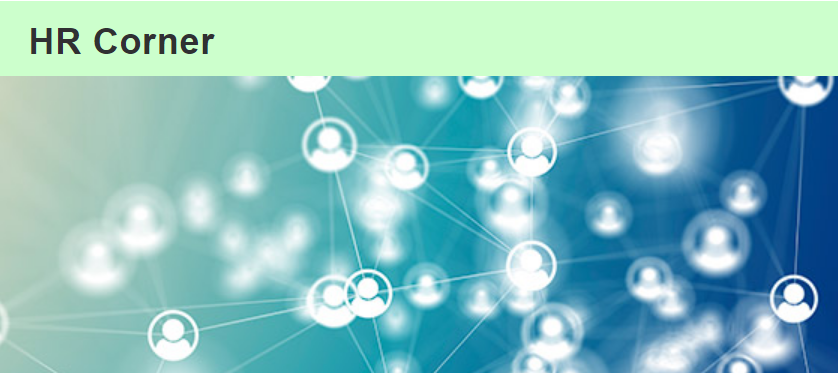
Tip of the Month from AmCheck
An excerpt from Amcheck’s Quick Start Guide: Deciding Who to Recall from Furlough or Layoff
Potential Discrimination Pitfalls
As eye care businesses return to more routine care, optometrists and licensed operators are making decisions about which employees to bring back. Some potential criteria for employee selection include candidates who have unique or difficult-to-replace skill sets, those who meet overall performance standards, their seniority and their demonstrated ability and willingness to do work outside of their usual assignments.
However, making decisions based on someone’s inclusion in the following federally protected classes is illegal: race, color, national origin, religion, sex, age (over 40), pregnancy, citizenship or immigration status, military status and disability. Some states have additional protected classes, so be sure to check state law. Under the current circumstances, there are a few types of discrimination in particular that employers may fall into.
Age discrimination: The federal Age Discrimination in Employment Act (ADEA) protects employees who are 40 or older. Older employees, on average, will have higher rates of pay. If you decide to eliminate the highest earners from your payroll to save the most money possible, that may disproportionately impact those over 40. If you are considering this approach, we encourage you to call an attorney before finalizing your decisions.
You may also be inclined to “protect” your older workers from the virus by not inviting them back. This should not be part of your analysis.
Disability discrimination: This is also likely to be the result of employers trying to protect their employees. But it is not the employer’s job to determine what is best for an employee based on their known or perceived disabilities and doing so will amount to disability discrimination. In the communication you use to offer employees a return to work, all employees should be encouraged to contact you if they want to discuss safety issues or accommodations. Do not make assumptions about what employees will want to do based on their health—that decision is between them and their healthcare provider.
Retaliation for Use of Protected Leaves: Employers should ensure that an employee’s use of a protected leave, whether recently or in the distant past, does not factor into their decision-making. Equating use of a protected leave with a reliability problem (for instance), and therefore not calling that employee back as soon as you would have otherwise, will constitute retaliation against that employee for exercising their rights. This applies to state-mandated sick leaves, leaves under the traditional Family and Medical Leave Act, ADA leaves, Emergency Paid Sick Leave and Emergency FMLA under the Families First Coronavirus Response Act (FFCRA), and any number of leaves that are protected by state law, such as voting leave and emergency responder leave.
BE SURE TO DOCUMENT
Documentation is just as important now as ever. Even though it may feel like a mass furlough is the perfect opportunity to let go of poor performers, employers shouldn’t assume that their motives won’t be questioned. Documentation should be in writing and easily understood by an outsider to your business. Document why you chose to bring back certain groups of employees before others, as well as why each employee was chosen before others in their job type.

Billing 101: How Do Clearinghouses Work?

By Shane Shepherd, Sr. Insurance Sales Manager, VisionWeb |
We are living through a period where our nation seems more divided than most of us can remember. There are different thoughts and feelings about COVID-19 and about the political and social unrest that has swept across the globe. We all seem to have a different experience in our great melting pot of a nation. Having said that, most of our experiences and feelings are universal. Let’s review of a few of those now:
1. Waking up to a barking dog! Whether you live in Sri Lanka, Zimbabwe or Texas, you’ve probably cursed at your neighbors’ little fluffy friend at some point in your life.
2. The feeling you have after waking up only to realize you still have three more hours to sleep!
3. We all lower the music in our car when we are looking for a street address because somehow, softer music = better vision.
4. Being embarrassed to ask a question early on in a relationship (personal or business) only to find yourself with the same question two years later. Now, there is no way you can ask it without exposing the fact that you’ve pretended to know it all along. The more common example is pretending to know someone’s name, which elicits this response every time you cross paths: “Hey…you! How ya doing…buddy?”
I’ve found there are two examples of this last universal experience that are common in billing and coding.
1. The lack of knowledge about how to resubmit claims electronically
2. Understanding clearinghouses
I’ve addressed the electronic resubmission of claims in a previous article. So, let’s discuss clearinghouses.
Simply put, a clearinghouse is an agency or organization that collects and distributes something, especially information. In our case, it’s information regarding insurance such as eligibility, claim transmissions, rejections, denials and payments.
Most people associate clearinghouses with health insurance companies and managed vision care (MVC) plans with payer websites, but more and more MVC plans are utilizing clearinghouses these days. And that is the main point of this article.
Did you know that you can use a clearinghouse to submit many MVC claims? If not, you’re not alone. Inertia and lack of good information have left many of my billing cohorts in the dark about this turn of events. There are many clearinghouse options but the one that is used widely throughout the SNAPP organization is TriZetto. It has kindly supplied me with a list of MVC companies that they can submit claims to on your behalf.
Check this list out so you can improve the efficiency of your billing department. And when you see me across the hall in Las Vegas in September, don’t be afraid to say “Hey buddy! What’s your name again?”

Jobson Optical Research Follows Trends |
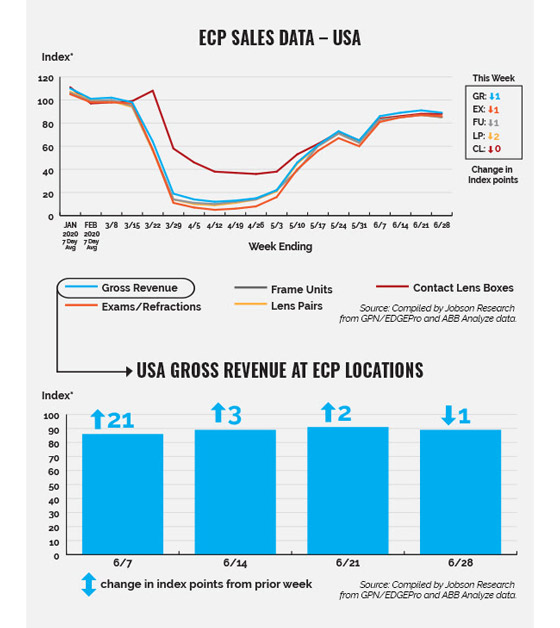
Each week during the COVID-19 pandemic, Jobson Optical Research has been tracking national and regional optical business metrics for the U.S. Here are the most recent results. See the full data here.




